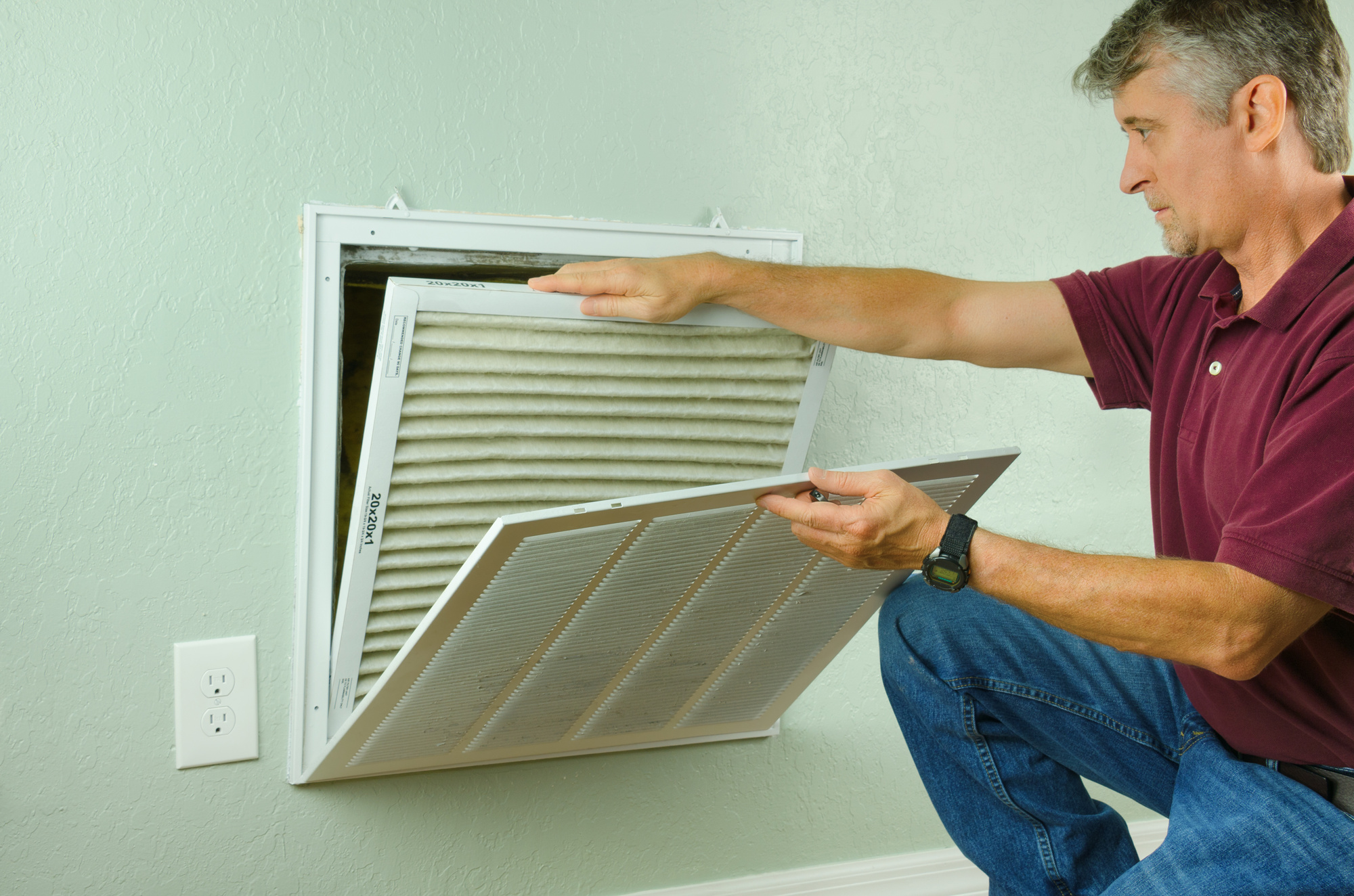
In Florida, our HVAC systems work hard to keep up with the boiling summer weather.
Throughout the area, most homeowners prioritize getting their air conditioner up to speed before the summer sun begins to scorch the sky—but it’s a little easier to forget about your HVAC preventative maintenance for the winter months! Temperatures during our cool season can dip surprisingly low, so it’s important to know your heater’s up to speed before you have to rely on it during our first cold snap!
If you aren’t sure where to start, we’ve got you covered. Keep reading for a simple HVAC maintenance checklist to make sure you’re ready for everything winter sends us this year.
Timing for Your Seasonal HVAC Maintenance
Before we go any further, it’s important to know that “winter” maintenance doesn’t actually mean you should wait until the weather gets cold to do it!
Most experts recommend that you perform seasonal HVAC maintenance twice a year. The first time should be in the spring, before the balmy summer weather rolls around, and the second should be in the fall, well before winter’s chill sets in. In other words, you should ideally perform this “winter” maintenance sometime in early to mid-fall.
If you’re running a little behind this year, don’t worry. You can still benefit from everything this maintenance checklist does for your system. We only recommend that you prepare in advance to make sure your heater works in case a cool front surprises us early.
Your DIY HVAC Maintenance Checklist
Heating your home during winter’s cold can be a big stressor for your HVAC system, but a little basic maintenance can ensure that your unit runs as efficiently as possible. Here are a few things you should do to keep your system going strong during some of the toughest months of the year.
Check Your Furnace Filter
If you haven’t checked your furnace’s filter in a while, it’s time to take a look now. Depending on your home’s air quality, the presence of pets, and residents’ allergies or lung conditions, you’ll need to replace the filter anywhere from every 45 days to every 6 months.
With a reusable filter, you’ll need to clean it before replacing it. Otherwise, dispose of the old filter and put in a new one, ideally a medium- to high-efficiency filter with a good MERV rating. Don’t forget to replace your other filters while you’re at it!
Inspect and Clean Your AC Unit
With fall leaves coming down, your external AC unit may have gathered twigs and debris. Sweep this away, cut back any nearby landscaping, and rinse the unit off with a hose.
Inspect and Clean Your Internal Unit
Inspect your heating elements for any signs of wear, and clear off any dust or debris that has accumulated. Clear your drain lines, and remove any standing water from your drain pans. Make sure fans or blowers move without issue, clean off any dust, and do the same with air registers throughout your home.
Check the Electronics
Now is the time to change any batteries in your thermostat, and to update the programming to make sure it still meets your family’s needs. Don’t forget to replace the battery in your carbon monoxide detector as well!
Add Extra Insulation
To prevent any frozen wires and fluid in the pipes of your system, add any necessary insulation to your furnace room well before the temperatures start to drop. This is especially important for any exposed pipes or wires.
Professional HVAC Maintenance
While you can take care of a fair amount of the maintenance work yourself, it’s a good idea to have an expert come take a look at your HVAC system at this time. A professional can perform a few additional checks to make sure your unit is in top condition:
- Thermostat settings: A technician will make sure that the reading on your thermostat matches the temperature of your home, making sure you maintain a comfortable temperature without losing energy
- Electrical wiring: Your technician will check any motors, system controls, and wiring in your system, ensuring that there’s no danger when operating it
- Condensate drain: A clogged condensate drain can lead to moisture and mold, so a technician will inspect and clean the area
- Moving parts: Proper lubrication and function are crucial for all moving parts in your system, so your technician will check for wear and replace any outdated parts
- Gas (or oil) connections: Improper connections can contribute to health problems and even be a fire hazard, so these connections need to be checked for safety
- Gas pressure: To make sure your furnace is working at the correct firing rate, this pressure has to remain within a set range
- Burner combustion: A faulty burner could waste energy, so a technician will clean and inspect it for issues
Having an expert cast an eye over the technical components of your system can help get your furnace back up to speed ahead of winter’s chill, giving you a little extra peace of mind. You may even want to consider opting for an HVAC maintenance contract, ensuring a technician will take a look at your system on a regular basis throughout the year.
Prep Your HVAC for Winter
If you haven’t already done so, it’s time to start preparing your HVAC system for the coming cold weather. This HVAC maintenance checklist is a great place to start, and these simple steps can help you keep your system running when you need it most.
Whether you’re experiencing heating issues or want to make sure your maintenance is done right, our team is here to help. At Florida Heat & Air, we have experience tackling a huge range of heating needs for homeowners throughout the Fort Myers area, so contact us today to improve your unit’s performance!
